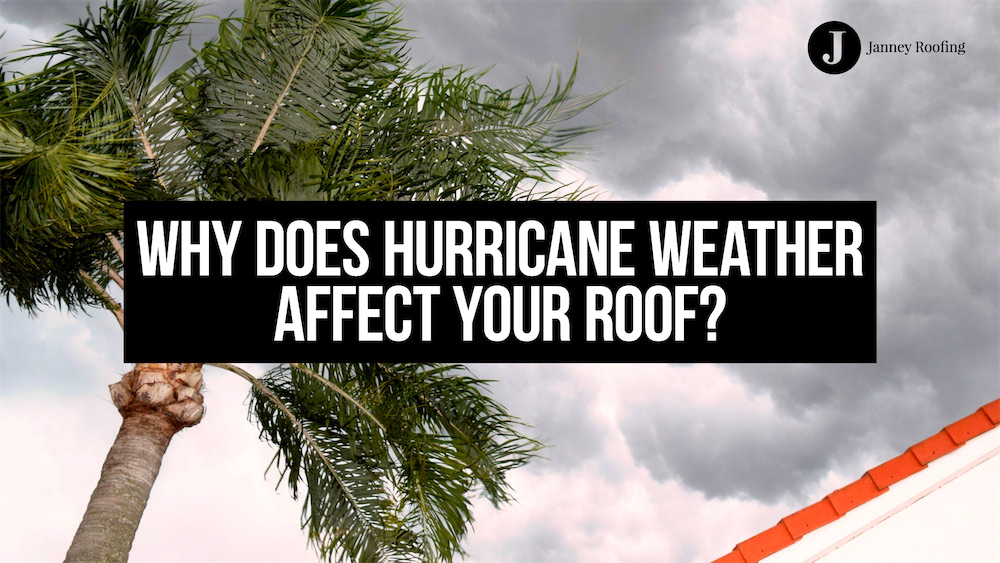It’s no secret that roof damage will be one of your main areas of concern after a hurricane or major storm. After a hurricane, it’s not uncommon to see miles of blue tarps on roofs even though the homes may seem untouched otherwise.
If you’ve ever wondered how hurricanes may affect your roof, read on to find out.
Wind
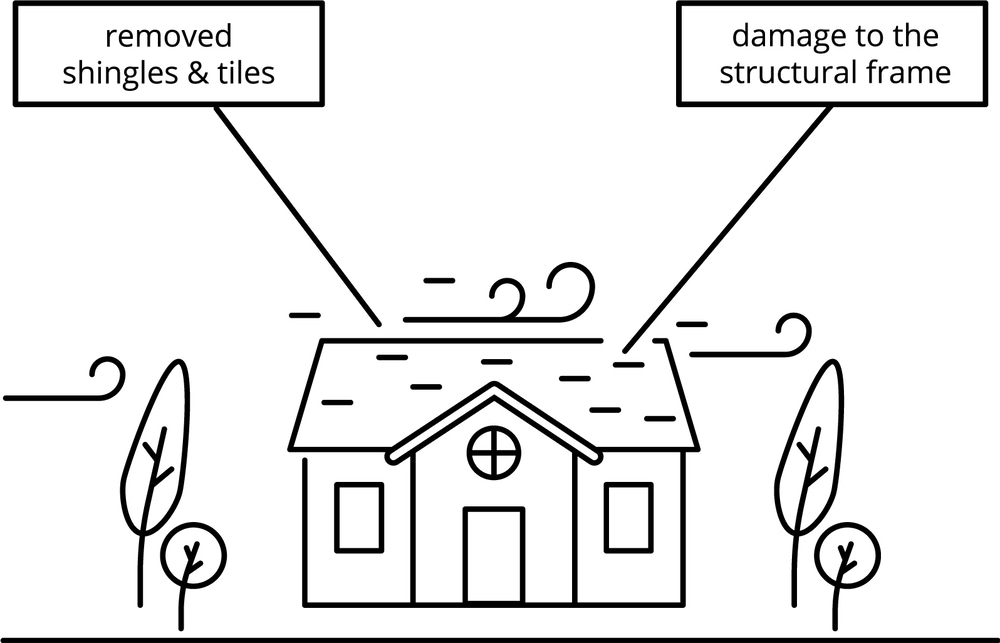
Hurricanes can bring wind gusts that are faster than 150 mph, which is more than enough to knock over trees and other structures. Even winds that don’t quite reach maximum hurricane speeds can still cause a lot of damage. When a hurricane comes through, the combination of different elements causes more damage to your roof leading to faster deterioration. While strong winds will remove shingles and tiles, they can also damage a roof’s structural frame.
Not all damage caused by strong winds is clearly visible because structural damage can exist beneath the surface of your roof. No matter how well you think your roof fared in a severe storm, it’s always best to have an experienced Florida roofer assess your roof for a complete full picture. If you notice items and vegetation around your home have moved because of strong wind speeds, that can also mean it was powerful enough to cause other severe damage. Depending how strong the storm is, debris and items like lawn chairs can be lifted off of the ground and projected toward your roof.Consulting with an experienced roofing professional gives you the peace of mind that any existing damage won’t go unseen and cause more damage down the line.
Rain
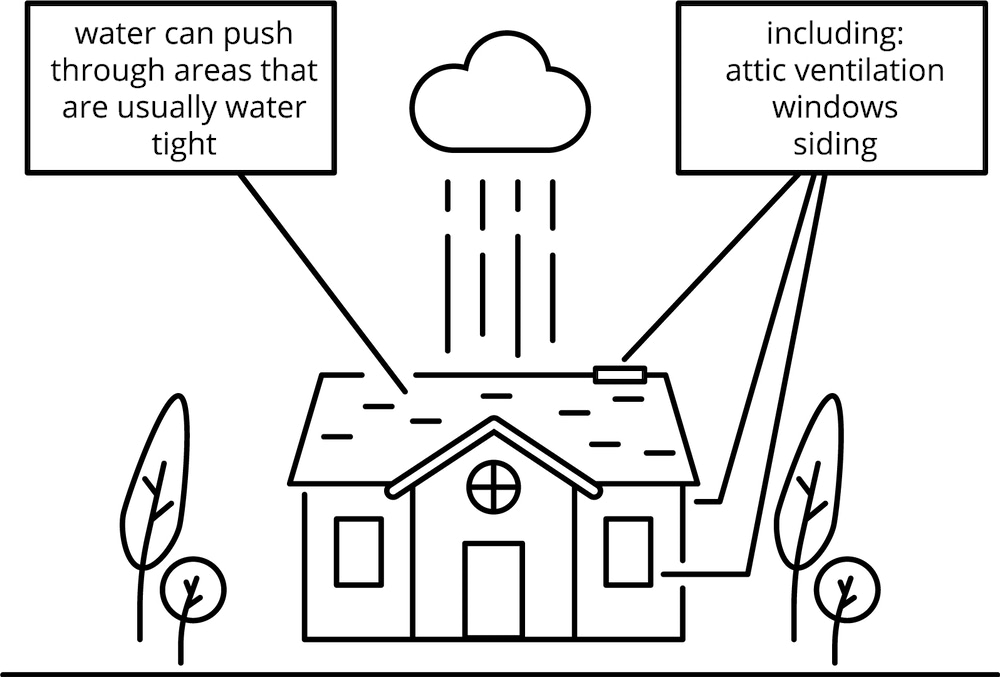
The high wind speeds of a hurricane paired with the moisture of rain can create leaks where a typical afternoon shower would not. The force of the wind can cause rain to hit your home at angles it wouldn’t otherwise, giving water an opportunity to push through areas that are usually water tight. A great example of this is the ridge vent on your roof which is necessary for attic ventilation or windows and siding. While the openings are made in such a way that everyday rain will have a hard time making its way through, rain accompanied with strong wind speeds will easily cause small amounts of water to enter. Because you’re likely to experience rain for several hours, that small amount of water can accumulate into larger amounts.
Even without the angles caused by wind, the drastic increase in rainfall means far more rain than normal is falling around your home and standing still, in some cases. Depending on where your home sits and the projection of the storm, the amount of rain you see over an extended period can increase the chance of any type of water-related damage..
Hail
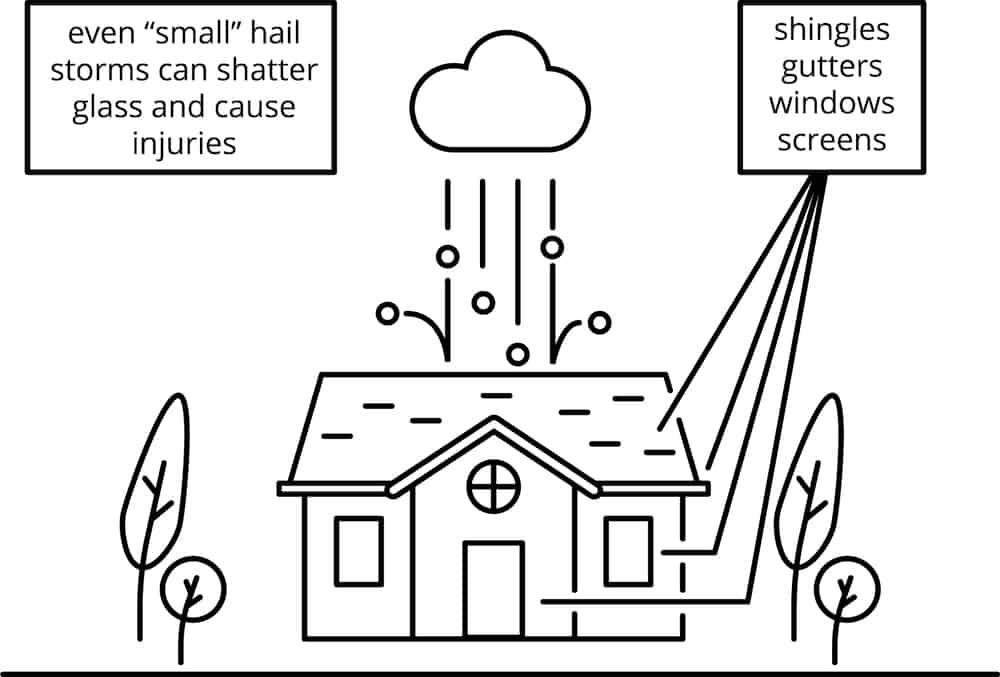
Hail has a reputation for causing severe damage, especially when it falls in larger sizes. Because the ice pellets fall from the sky at an accelerated rate and can be as large as a grapefruit, most outdoor items and structures will almost always experience some amount of damage. It may seem pretty obvious that your roof has the most potential to experience damage during hail, but there are other parts of your home at risk too.
Windows, screens, gutters and shingles are just a few things in the path of a hailstorm that may not stand a chance. While the extent of the damage will depend on the size of the hail and the length of the storm, remember that even “small” hail storms can shatter glass and cause injuries. It’s important to know that all hail damage is not severe and even small hail dents on shingles can lead to granule loss which decreases their overall lifespan.
Debris
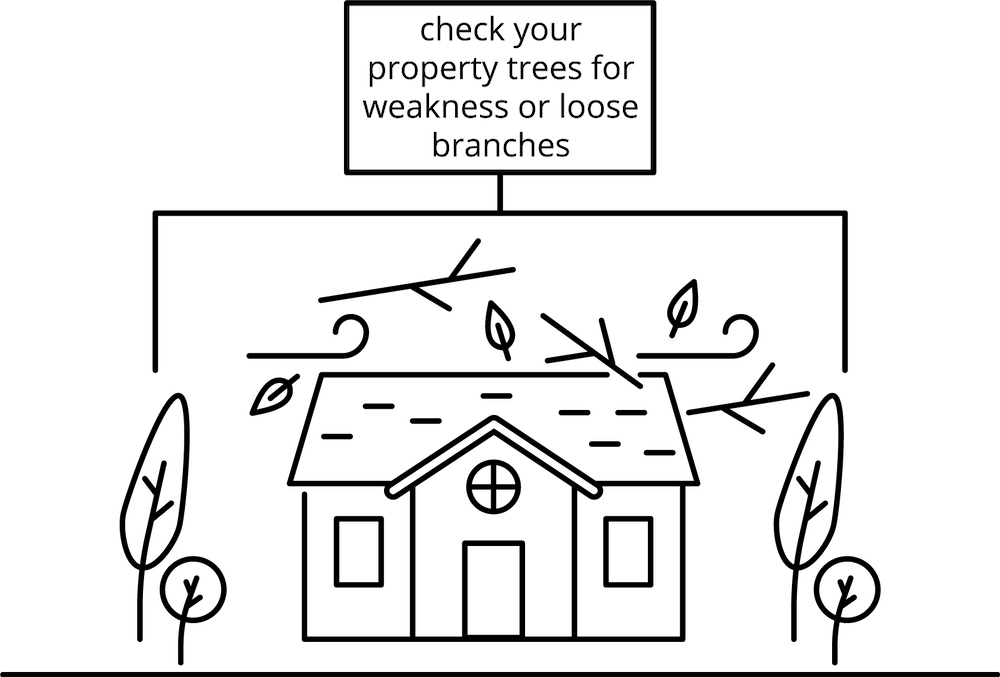
The heavy rain and strong winds associated with hurricanes can easily move items at a speed that makes them dangerous to surrounding structures and people. While your house isn’t likely to swirl away and end up in Oz, it is likely to be hit by larger branches that would be too heavy to move without more than one person.
Smaller branches will typically only damage a few shingles, but larger pieces or trees can cause you to need an entire roof repair. Before you’re expecting a major storm, it’s always a good idea to check your property for trees that may not withstand strong winds or are at risk of dropping large branches on or nearby your home.
Conclusion
While every hurricane is different, we know that we can generally expect strong rain, wind and possible hail which automatically increases the chance of property damage. Once a hurricane hits, don’t assume your roof is undamaged simply because nothing is visible. Contact a reliable Florida Roofer like Janney to have an expert assess your roof and give you a full picture of its condition.

